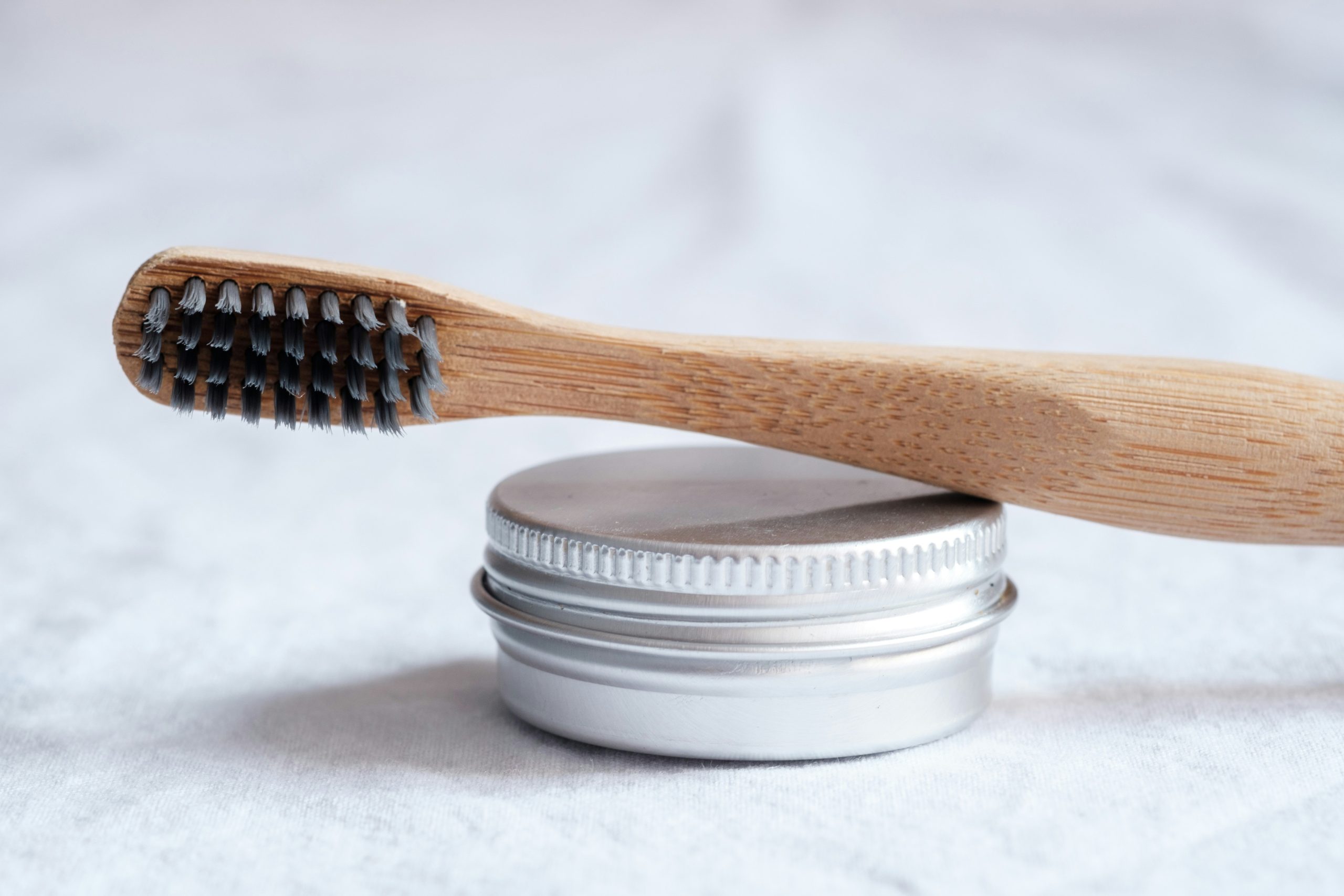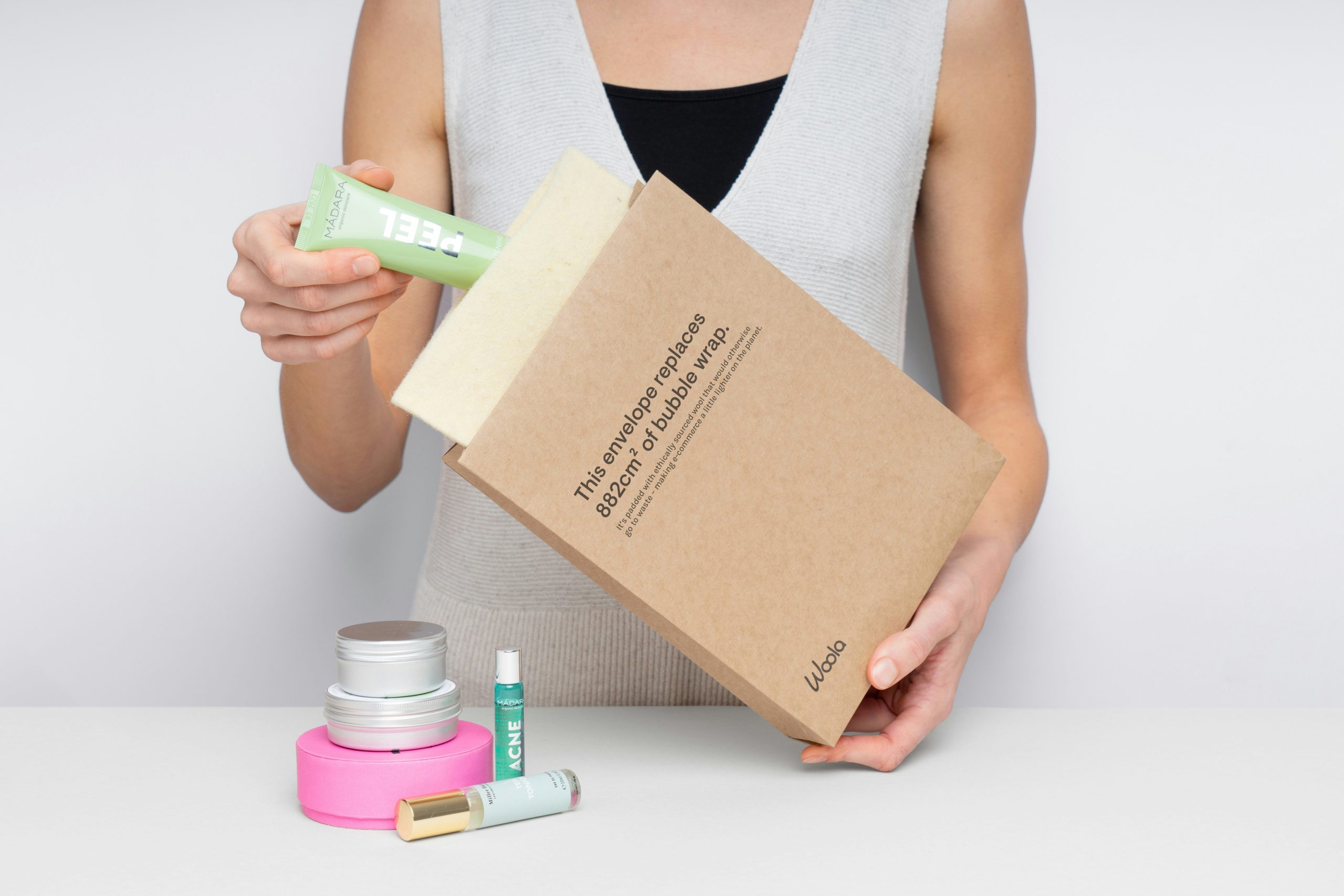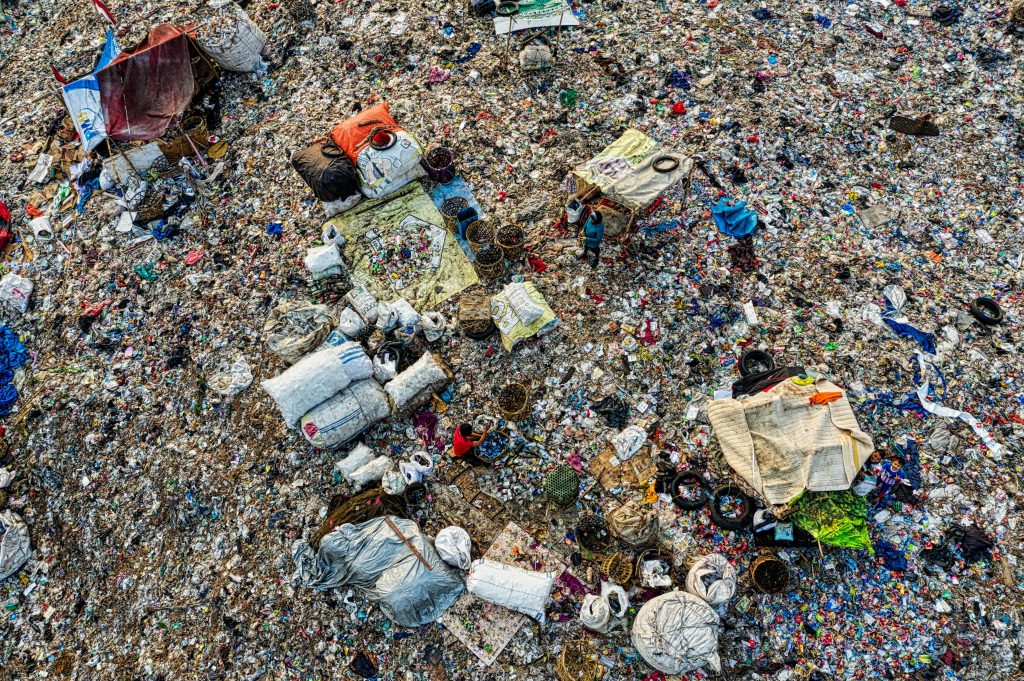“Is my natural makeup really sustainable, or am I falling for greenwashing?” Sound familiar? If you’ve ever questioned the eco-conscious claims of your favorite beauty brands, this article is for you.
In today’s world of conscious consumerism, the term ‘sustainable beauty‘ has gained massive traction. But let’s face it—there’s a lot of noise out there. Are bamboo-packaged products truly better for the planet? Does all-natural always mean eco-friendly? And what about those “cruelty-free” labels? Spoiler: Not everything is as clean and green as it seems. In this blog post, we’ll debunk the top sustainable beauty myths, explore the truth behind natural makeup trends, and arm you with actionable tips to make smarter, greener beauty choices. Buckle up!
Table of Contents
- Key Takeaways
- Why Should You Care About Sustainable Beauty?
- 7 Common Sustainable Beauty Myths Debunked
- How to Choose Truly Green Makeup Products
- Real-Life Examples: Brands That Get It Right (And Wrong)
- FAQs About Sustainable Beauty
Key Takeaways
- Sustainable beauty isn’t just about packaging—it’s about ingredient sourcing, manufacturing processes, and end-of-life recyclability.
- Not all “natural” makeup is automatically sustainable or safe for your skin.
- Some buzzwords like “biodegradable glitter” can be misleading; dig deeper before buying.
- Avoid falling prey to marketing tactics by doing your research and trusting third-party certifications.
Why Should You Care About Sustainable Beauty?
Let me confess something: Last year, I splurged on a $40 organic lipstick because the packaging promised “zero environmental impact.” Spoiler alert—it wasn’t zero anything. Turns out, while the tube was made of recycled materials, the actual formula contained palm oil derivatives linked to deforestation. Oof. Talk about a reality check.
Here’s the thing: As consumers, we’re bombarded daily with ads claiming sustainability. While many companies genuinely try to reduce their carbon footprint, others use vague language and flashy labels to appeal to our eco-guilt. This practice, called greenwashing, tricks well-meaning shoppers into thinking they’re making ethical purchases when they might not be.
“Grumpy Me: Can we stop pretending every product wrapped in kraft paper is saving the Earth? Optimist Me: Okay, but at least some brands are trying.”

Image: Understanding Greenwashing Tactics in Beauty Products
7 Common Sustainable Beauty Myths Debunked
Myth #1: All-Natural Equals Safe
Wrong! Just because something grows on a tree doesn’t mean it belongs near your eyeballs. For example, essential oils are often marketed as “all-natural” miracle workers, yet they can irritate sensitive skin if misused. Always patch test new ingredients—nature’s no excuse for negligence.
Myth #2: Bamboo Packaging Fixes Everything
Bamboo may seem trendy, but its production still requires resources like water and energy. Additionally, bamboo tubes cannot always decompose properly in landfills unless disposed of correctly. Sustainability = more than swapping plastic for wood.
Myth #3: Cruelty-Free = Ethical & Eco-Friendly
Nice try, marketers! While avoiding animal testing is admirable, cruelty-free doesn’t necessarily mean sustainable. Some vegan formulas rely heavily on synthetic chemicals that harm the environment. Read labels carefully.
Myth #4: Zero Waste Is Achievable Overnight
Absolutely ridiculous. No one goes from throwing out five trash bags weekly to composting everything perfectly. Progress over perfection, friends.
Rant Break:
Ugh, speaking of perfection… Why do so many influencers act like achieving zero-waste status makes them morally superior beings? Newsflash: Life happens. I accidentally bought non-recyclable mascara last week. Guess what—I’m still trying. So back off, Internet Judgey McJudgersons.
Myth #5: Biodegradable Glitter Is Guilt-Free
Sorry, festival lovers—bioplastics derived from cornstarch don’t break down magically in oceans. Without industrial conditions, biodegradable glitter remains intact longer than you think.
Myth #6: DIY Skincare Eliminates Waste
DIY sounds romantic until you realize how much food waste it creates. Half-used avocado pits anyone? Plus, homemade concoctions lack preservatives, meaning shelf life = approximately two breaths.
Myth #7: Expensive = Better Quality
I once spent $65 on a serum claiming Himalayan flower extracts would “rebalance my aura through cellular awakening.” Translation? My bank account suffered unnecessarily. Price does NOT equal effectiveness.
How to Choose Truly Green Makeup Products
- Look for Third-Party Certifications Like Leaping Bunny or EcoCert. These seals ensure genuine sustainability efforts.
- Check Ingredients for Harmful Additives Such as Parabens, Phthalates, and Sulfates.
- Prioritize Refillable Containers Over Single-Use Options.
- Support Local Brands That Reduce Carbon Emissions During Shipping.
- Educate Yourself on Manufacturing Practices Using Resources Like Good On You App or Ethical Consumer Magazine.

Image: Refillable Containers Reducing Plastic Waste
Real-Life Examples: Brands That Get It Right (And Wrong)
Take Ilia Beauty, for instance—a shining example of marrying aesthetics with ethics. Their multi-use sticks feature minimalistic design alongside responsibly sourced ingredients. Contrastingly, some mainstream brands claim “clean” formulations but fail to disclose questionable parent companies funding harmful industries. Always investigate further.
Another standout? Tata Harper Skincare, whose Vermont-based facility uses renewable energy and employs local farmers. But beware counterfeit versions flooding online markets—buyer beware!
FAQs About Sustainable Beauty
Q: What Does Clean Beauty Actually Mean?
A: Clean beauty refers to products free from toxic chemicals known to disrupt hormones, pollute ecosystems, or irritate users. Look for transparency regarding formulation origin.
Q: How Do I Dispose of Empty Beauty Product Containers Properly?
A: Recycle whenever possible. Many retailers offer take-back programs where old jars/tubes get recycled responsibly. Alternatively, upcycle creatively at home!
Q: Are Subscription Boxes Worth It For Sustainable Shoppers?
A: Depends. Some curators prioritize low-waste packaging and vet partners rigorously. Others ship excessive amounts of unnecessary samples. Research thoroughly beforehand.
Pro Tip: One terrible piece of advice floating around suggests canceling subscriptions without evaluating renewal policies first. Don’t waste money ending commitments prematurely!
Conclusion
We’ve covered quite a bit here—from unraveling pesky sustainable beauty myths to spotlighting stellar eco-warrior brands leading by example. Remember, true sustainability involves thoughtful decision-making rather than blindly following shiny marketing campaigns.
To recap:
– Investigate beyond surface-level promises.
– Be wary of greenwashing pitfalls.
– Support transparent, certified businesses aligning closely with personal values.
And hey—even small steps count toward big change. Whether swapping disposable wipes for reusable cotton pads or opting for refillable compacts, every eco-conscious choice contributes positively. Now go forth confidently armed with knowledge—and maybe slap on that responsibly sourced tinted moisturizer while you’re at it.
“Like dial-up internet speeds, transitioning to sustainable habits takes patience—but boy, does it feel rewarding once achieved.” 😉🌐


